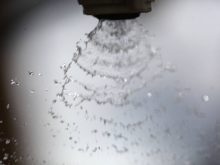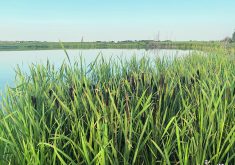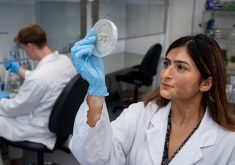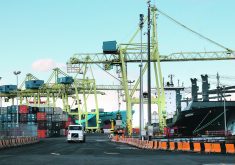Herbicide prices are dropping and further cuts are expected as global supply-demand situation becomes more balanced
Supply chain issues that recently plagued the crop protection industry appear to be a thing of the past.
“The Canadian market is generally much better supplied this year than it was for the last two years,” said Cornie Thiessen, general manager of ADAMA Canada.
There was strong global demand for pesticides last year because of high grain prices, but not all product was applied due to drought in Argentina, the U.S. Plains region and portions of the Canadian Prairies.
The war in Ukraine also disrupted grower plans in that important grain-producing region.
Read Also
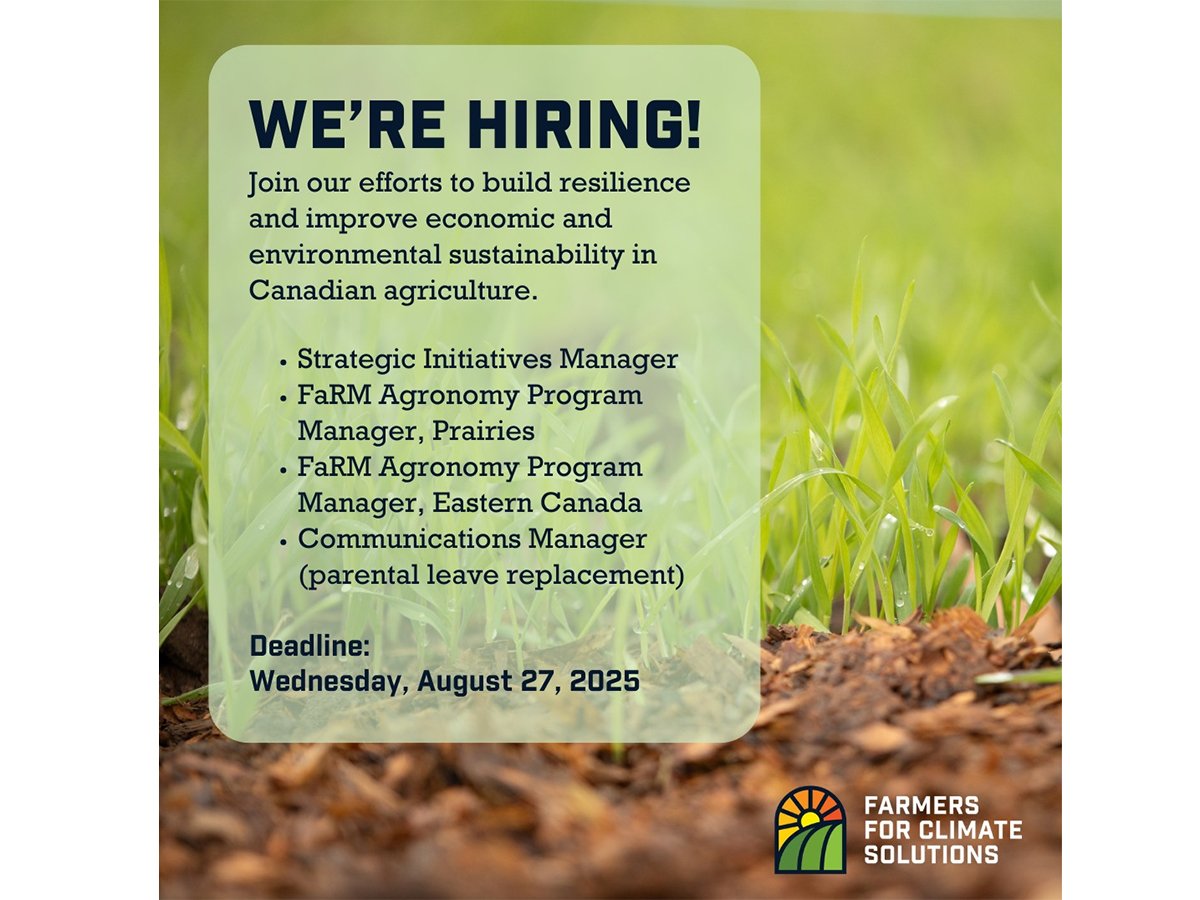
Environmental farm group has Ottawa’s attention
In 2021, Farmers for Climate Solutions published a report on how Canada should reduce emissions from agriculture. Not long after, the federal government implemented most of the recommendations in the report.
As supply was rushing to catch up with demand in 2022, the demand did not fully materialize and much of the supply was late arriving.
That has created a far better supply-demand balance globally and in Canada in 2023, said Thiessen.
It is also driving down prices in China, which is the major supplier of many important agricultural chemicals.
AgriBusiness Global reported that glyphosate prices have dropped 55 percent, glufosinate 61 percent and 2,4-D 42 percent in that market year-over-year.
Chinese manufacturers have been reducing prices and slashing output to reduce the glut of product.
“Since January 2023, it’s clear that these approaches to stimulating demand have not been working,” said the AgriBusiness article.
The steep price reductions in China have not yet fully made their way to the Canadian market.
Alberta Agriculture tracks farm input prices. It reports that as of March, Roundup WeatherMAX was priced almost the same as it was the same time last year.
“It’s a bit of a lag effect that I think we’re seeing,” said Thiessen.
“We saw this on the way up and we’re seeing it on the way down.”
Most of the product Canadian retailers are selling was sourced in the fourth quarter of 2022 and was likely produced in the second or third quarter of 2022.
He also believes Alberta Agriculture’s numbers might be a little dated. Glyphosate prices are now lower and glufosinate has dropped as well in some regions.
Thiessen thinks there will be further price moderation in the next sales cycle for heavily commoditized products, including glyphosate, glufosinate, 2,4-D and MCPA.
Any product where prices shot way up have a good chance of coming back down, although he noted that China’s price swings are more exaggerated and that it sells ingredients rather than finished products.
There are also many other pesticide products that are reliant on European and American manufacturing, where the cost structure differs from China.
“The product lines that didn’t experience the really abrupt price increases are probably less vulnerable to see sharp decreases,” he said.
Most suppliers are making investments to insulate themselves from future supply chain shocks after living through a tariff war between China and the United States, a global pandemic and Hurricane Harvey disrupting the manufacture of co-formulants in Houston.
“People became highly sensitized to just how long and complicated their supply chains are,” said Thiessen.
They are taking steps to diversify their supply chains, eliminate redundancies and restructure their inventories. Some are building new manufacturing plants closer to key markets.
That all costs money, which some suppliers are “baking in” to product prices.
Global manufacturing networks are in “flux” right now.
He said that China is searching for customers in a well-supplied market, and one in which customers are not eager to carry big inventories because of high interest rates.
AgriBusiness Global reports that there has been “intense pressure” on stock prices of China’s leading agrochemical companies.
“The reshuffling of China’s agrochemical industry is expected to follow after companies’ resources are soon exhausted,” stated the article.
Thiessen said European manufacturers are facing different challenges because of high labour and energy costs and new regulations.
“The manufacturing there is assessing its viability for the future,” he said.
ADAMA is the world’s seventh-largest crop protection company and has the largest portfolio of more than 270 active ingredients. It is also a member of Syngenta Group, which is the world leader in crop protection.




